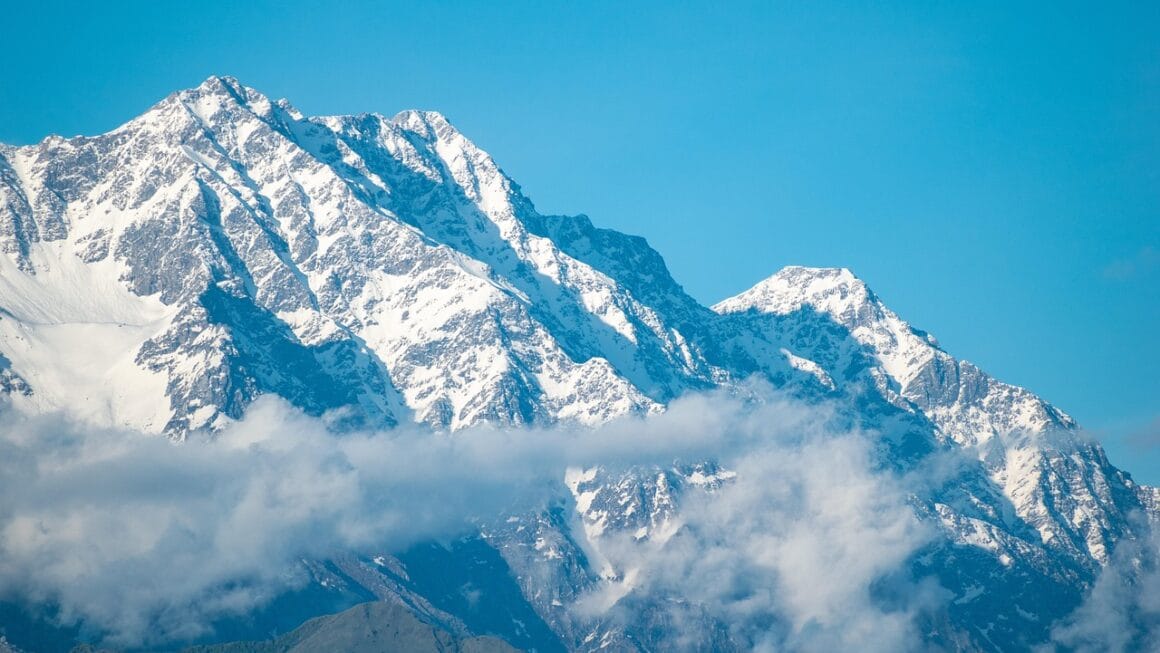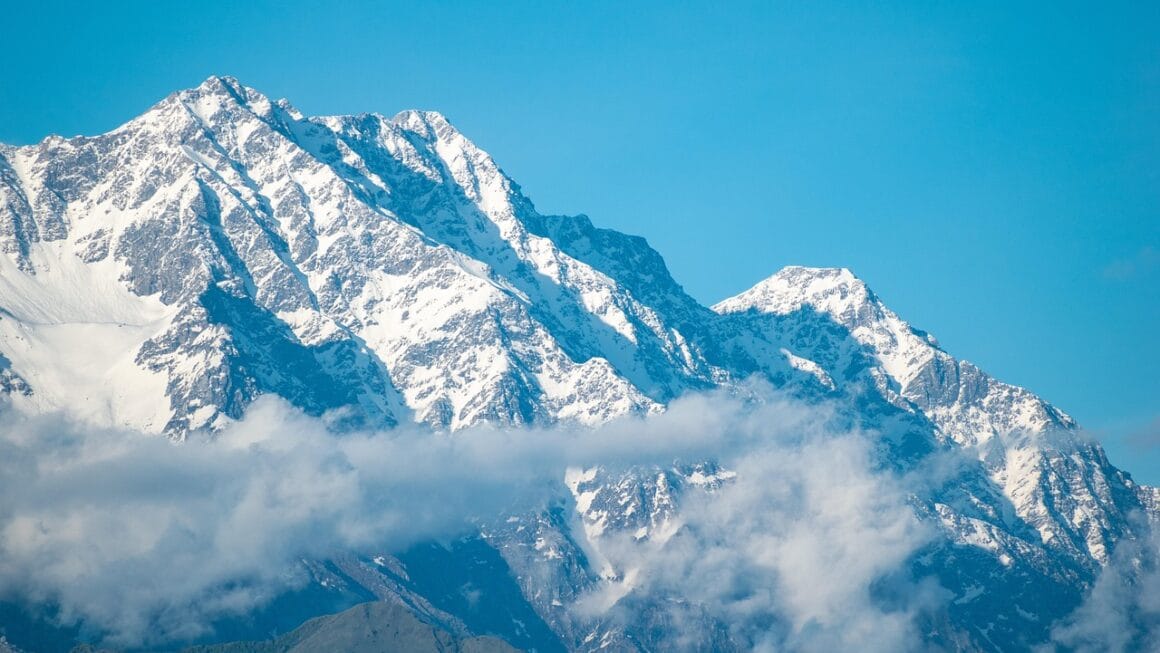Thrill-seekers, adrenaline junkies, and adventure aficionados, listen up! Are you tired of the same old vacation routine? Do you yearn for experiences that push your limits and leave you breathless? Then it’s time to ditch the beach towel and explore the world of extreme sports travel. From scaling towering peaks to diving into the deepest oceans, the possibilities are endless. This guide will equip you with the knowledge and inspiration to plan your next heart-pounding adventure. Get ready to discover the best destinations, essential gear, and safety tips for your ultimate extreme sports getaway.
Choosing Your Extreme Sport and Destination
The world is your playground when it comes to extreme sports travel. But with so many options, deciding where to go and what to do can be overwhelming. Start by identifying your passions and skills to narrow down your choices.
Defining Your Extreme Sports Interests
- Consider your current skill level: Are you a seasoned pro or a beginner looking to learn? Choose activities and destinations that align with your capabilities.
- Identify your adrenaline triggers: Do you crave speed, heights, or the challenge of navigating unpredictable environments?
- Research popular extreme sports: Consider options like:
Mountaineering: Conquer peaks in the Himalayas, Andes, or Alps.
Scuba Diving: Explore vibrant coral reefs in the Caribbean, the Great Barrier Reef, or cenotes in Mexico.
Whitewater Rafting: Brave raging rivers in Nepal, Costa Rica, or the Zambezi.
Skiing/Snowboarding: Carve down slopes in the Rockies, the Alps, or the Andes.
Rock Climbing: Scale granite cliffs in Yosemite, Thailand, or Spain.
Base Jumping/Wingsuit Flying: Take the ultimate leap in Norway, Switzerland, or Italy (requires extensive training and experience).
Surfing: Ride world-class waves in Hawaii, Bali, or Portugal.
Top Destinations for Extreme Sports
- Nepal (Mountaineering, Trekking, Whitewater Rafting): Home to Mount Everest and countless other breathtaking peaks. Trekking to Everest Base Camp is a popular adventure. The Bhote Koshi River offers some of the best whitewater rafting in the world.
- Costa Rica (Surfing, Ziplining, Canyoning): Known for its lush rainforests and pristine coastlines. Its varied landscapes offer incredible opportunities for thrill-seekers.
- Queenstown, New Zealand (Bungy Jumping, Skydiving, White Water Rafting): Dubbed the “Adventure Capital of the World,” Queenstown offers a plethora of extreme activities, from the iconic Nevis Bungy to thrilling white water rafting on the Shotover River.
- Interlaken, Switzerland (Canyoning, Paragliding, Skydiving): Surrounded by stunning alpine scenery, Interlaken is a paradise for adrenaline junkies.
- Moab, Utah, USA (Mountain Biking, Rock Climbing, BASE Jumping): A desert oasis for outdoor enthusiasts. Moab’s unique terrain offers unparalleled opportunities for mountain biking, rock climbing, and BASE jumping.
Gear and Preparation: Essential for Success
Proper gear and preparation are critical for a safe and enjoyable extreme sports adventure. Don’t cut corners when it comes to safety equipment and training.
Essential Gear Checklist
- Activity-Specific Equipment: Invest in high-quality gear tailored to your chosen sport. This might include:
Mountaineering: Climbing boots, ice axe, crampons, harness, ropes.
Scuba Diving: Wetsuit/drysuit, mask, fins, regulator, BCD.
Whitewater Rafting: Helmet, personal flotation device (PFD), paddle.
Skiing/Snowboarding: Skis/snowboard, boots, helmet, goggles.
Rock Climbing: Climbing shoes, harness, ropes, belay device.
- Safety Gear: Don’t compromise on safety. Always wear appropriate protective gear, such as helmets, harnesses, and personal flotation devices.
- Navigation Tools: GPS devices, maps, and compasses are essential for navigating remote areas.
- First-Aid Kit: Pack a comprehensive first-aid kit with supplies to treat minor injuries and illnesses. Consider taking a wilderness first-aid course.
- Communication Devices: Satellite phones or personal locator beacons (PLBs) can be lifesavers in emergency situations.
- Appropriate Clothing: Layer your clothing to adapt to changing weather conditions. Choose moisture-wicking fabrics to stay dry and comfortable.
Physical and Mental Preparation
- Assess Your Fitness Level: Ensure you’re physically fit enough for the challenges of your chosen activity. Start training well in advance of your trip.
- Practice Essential Skills: If you’re new to an extreme sport, take lessons or hire a guide to learn the basics.
- Mental Preparation: Visualize success and prepare yourself for the mental challenges of extreme sports. Develop strategies for managing fear and anxiety.
- Altitude Training: If you’re planning a high-altitude adventure, consider altitude training to acclimatize your body.
Safety First: Risk Management and Insurance
Extreme sports inherently involve risk. It’s crucial to prioritize safety and take steps to minimize potential hazards.
Assessing and Mitigating Risks
- Research Potential Hazards: Learn about the specific risks associated with your chosen activity and destination.
- Check Weather Conditions: Monitor weather forecasts closely and be prepared to adjust your plans if necessary.
- Hire Experienced Guides: Consider hiring local guides who are familiar with the terrain and conditions.
- Never Exceed Your Limits: Know your limitations and avoid pushing yourself beyond your comfort zone.
- Inform Someone of Your Plans: Let someone know your itinerary and expected return date.
Travel Insurance for Extreme Sports
- Choose a Comprehensive Policy: Ensure your travel insurance policy covers the specific extreme sports you plan to participate in.
- Verify Coverage Details: Read the fine print carefully to understand the policy’s limitations and exclusions.
- Consider Emergency Evacuation Coverage: This can be crucial in case of a serious injury or illness in a remote location.
- Provide Accurate Information: Be honest about your planned activities when purchasing insurance.
Responsible and Sustainable Extreme Sports Travel
As adventurers, we have a responsibility to protect the environments we explore. Practice responsible and sustainable travel habits to minimize your impact.
Minimizing Your Environmental Footprint
- Leave No Trace: Pack out everything you pack in, and dispose of waste properly.
- Respect Wildlife: Observe animals from a safe distance and avoid disturbing their habitat.
- Choose Eco-Friendly Operators: Support tour operators who are committed to sustainable practices.
- Conserve Resources: Use water and energy wisely.
Supporting Local Communities
- Shop Locally: Purchase goods and services from local businesses.
- Respect Local Customs: Learn about and respect the cultural norms of the communities you visit.
- Hire Local Guides: Support local guides and porters.
- Donate to Local Charities: Contribute to organizations that are working to protect the environment and support local communities.
Conclusion
Extreme sports travel offers unparalleled opportunities for adventure, personal growth, and unforgettable experiences. By carefully planning your trip, prioritizing safety, and practicing responsible travel habits, you can create a truly rewarding and transformative journey. So, pack your bags, embrace the challenge, and prepare to embark on the adventure of a lifetime! The world awaits!




